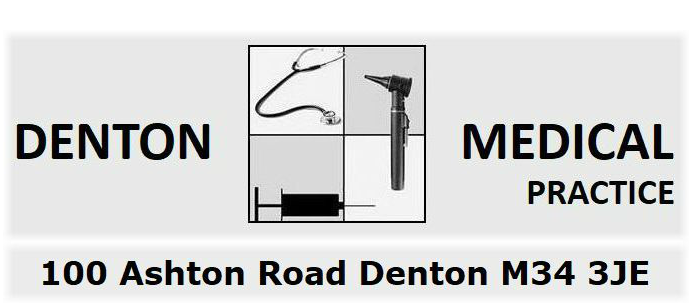Safeguarding Children
A child or young person can be harmed emotionally, physically, sexually or through neglect of their basic needs. The effects on a child of any of these types of harm can be severe and last into adulthood. It is essential that any abuse of a child is noticed and action is taken to prevent further harm.
What are the types of child abuse?
Emotional abuse
Emotional abuse is any behaviour of a parent or carer towards a child that is likely to cause severe and long-lasting bad effects on the child's emotions.
There are many forms of emotional abuse, which include:
- Making a child feel that they are unloved or only valued if they do what the adult wants.
- Expectations of the child that are not appropriate for their age or stage of development.
- Not allowing the child to spend time with friends.
- The child sees or hears someone else being abused.
- Often causing the child to feel frightened or in danger.
- Bullying.
Neglect
In this type of child maltreatment there is a failure to provide for a child's basic physical or emotional needs which is likely to damage the child's health or development.
Examples of neglect include:
- Not providing enough food, clothing and shelter.
- Not protecting the child from physical and emotional harm or danger.
- Not providing adequate supervision of a child, such as leaving the child with someone who is unable to look after them properly.
- Allowing a child to get sunburned, or to drink a harmful substance due to not supervising them properly.
- Not helping a child to have the medical care or treatment.
- This includes having their normal routine immunisations and attending hospital appointments. It also includes not giving them medication which has been prescribed, or not taking them to see a dentist about tooth problems.
- Not providing a child with their basic emotional needs, such as feeling loved and safe.
Physical abuse
Physical abuse is physically harming a child.
Examples are:
- Hitting or shaking
- Throwing
- Poisoning
- Burning or scalding
- Drowning
- Suffocating
- Female genital mutilation (FGM)
Sexual abuse
Sexual abuse involves forcing or encouraging the child or young person to take part in sexual activities, whether or not the child is aware of what is happening.
This may include:
- Sexual contact including rape, or inappropriate touching.
- Non-contact activities, such as involving children in looking at, or in the making of, sexual images, or making a child watch sexual activities.
- Encouraging a child to behave in sexually inappropriate ways.
- Prostitution.
Fabricated or induced illness
This is a situation where a parent or carer makes up or exaggerates a child's symptoms, or interferes with the child or their medication to make the child ill.

How common is child abuse?
Nobody knows exactly how common abuse and maltreatment of children is. It is thought there are many more cases than are known to social services.
When should you suspect a child is being abused?
- Bruises or burns in unusual places.
- Changes in the behaviour of a child such as being aggressive or very withdrawn.
- Unexplained changes in their emotions such as being depressed or anxious.
- Looking as though they are not being properly looked after, unusually dirty, smelly or hungry.
- Having sexual knowledge or behaviour that is not appropriate for their age.
- Being afraid of a particular adult or reluctant to be alone with them.
- Being left alone when not old enough to look after themself or being left with a person who is not suitable to look after them.
These are not the only signs of child abuse and these signs are not always due to child abuse. You must trust your judgement and discuss any concerns (see below).
What should you do if you think a child is being abused?
Listen to the child. If they confide in you, make it clear to them you are taking them seriously.
Reassure them that you are going to help them.
Help to support a friend or member of your family who is struggling to cope with the stresses of being a parent.
Support them by:
- Listening to them to help relieve some of the stress.
- Providing help such as looking after the children or doing the shopping.
- Helping them to find other support and services in the community.
Trust your judgement. If you have serious concerns about the welfare of a child, contact the police, social services or the 24-hour NSPCC Child Protection Helpline (see below).
How to report your concerns
Police
- If you think it is an emergency (the child is at immediate risk of serious harm) then refer the child immediately to the police (call 999/112) and social services for immediate action. Don't put yourself in danger.
- Police may enter any premises and remove a child to a place of safety for 72 hours.
- Police have child abuse investigation units, which normally take responsibility for investigating child abuse cases.
Social workers (local authority social services)
- All local authorities have a social services officer permanently on call (including out of hours) with access to the child protection register. This officer can take referrals if there are concerns about a child.
- The local authority has responsibility for the safety and welfare of children.
Online reporting of Safeguarding Concerns
The NSPCC
- Is a voluntary organisation authorised to initiate child protection proceedings.
- Has a national child protection helpline (freephone 0808 800 5000) and a children's helpline (Childline, freephone 0800 1111).
